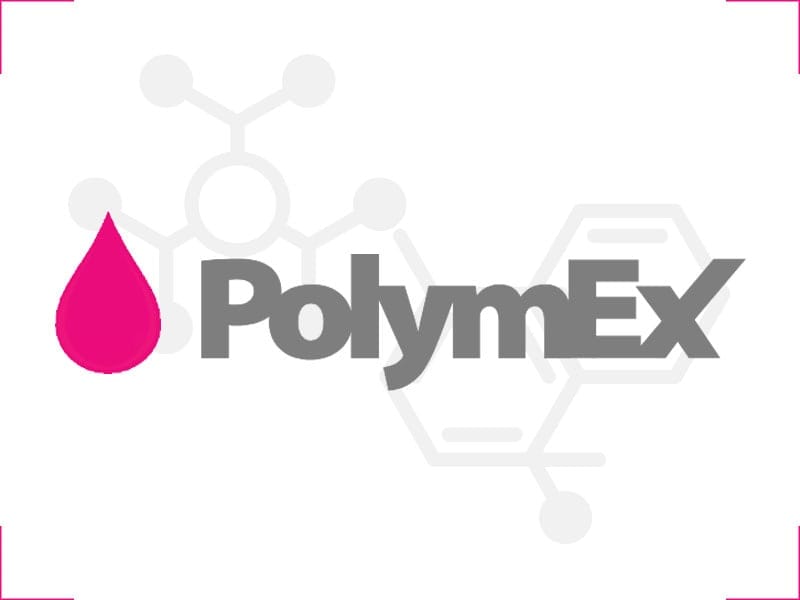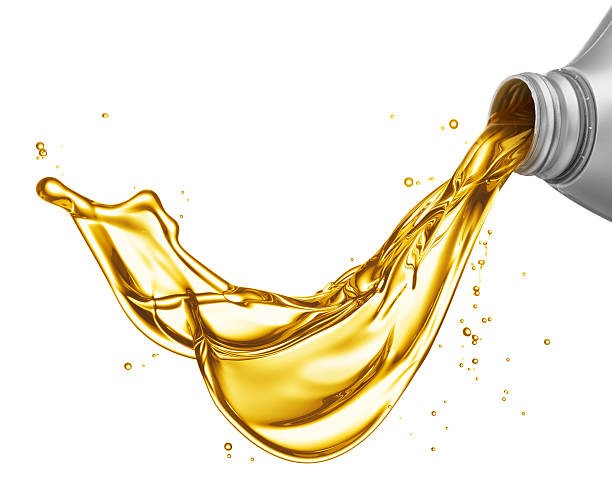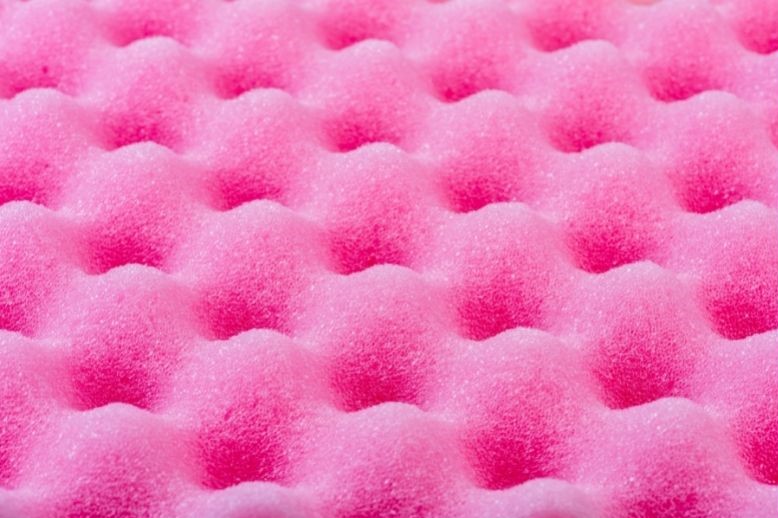Ethylene glycol [107-21-1]; Propylene glycol [57-55-6]; Diethylene glycol [111-46-6]; Triethylene glycol [112-27-6]; Trimethylene glycol [504-63-2]; Butylene glycol [107-88-0]; 1,4-Butanediol [110-63-4]; 2,3-Butanediol [513-85-9]; Hexamethylene glycol [107-41-5]; Glycerol [56-81-5]; Trimethylolpropane [77-99-6]; Pentaerythritol [115-77-5]; Neopentyl glycol [126-30-7]; Isosorbide [87-33-2]; Sorbitol [50-70-4]; Sucrose [57-50-1]; Sucrose [57-50-1]; Diethanolamine [111-42-2]; Triethanolamine [102-71-6]…
- Polyether polyols: PEG [25322-68-3]; PPG[25322-69-4]; PEG/PPG [9003-11-6]; PTMEG or pTHF [25190-06-1]; Glycerol ethoxylate [31694-55-0]; Glycerol propoxylate [25791-96-2]; Glycerol propoxylate/ethoxylate [9082-00-2]…
=> They are made from ethylene oxide and/or propylene oxide and their molar masses can range from 100 to 7000 g/mol.
- Aliphatic Polyester polyols: Polyethylene glycol adipate [68647-16-5]; Polyneopentyl glycol adipate [27925-07-1]…
=> Usually made from Adipic acid or phthalic acid and an organic polyol.
- Polycaprolactone polyols: Caprolactone, neopentyl glycol polymer [31831-53-5]…
=> Ring-opening polymerization between ɛ-Caprolactone and an organic polyol.
- Hydroxyl terminated polybutadiene: HTPB [69102-90-5]…
=> Free radical polymerization of Butadiene with an alcohol.
- SAN copolymer polyols: PPG/SAN copolymer
=> Made by grafting Styrene and/or Acrylonitrile onto an organic polyol.
- Acrylic Polyols: Joncryl® 50Polymeric Polyols0 [110-43-0]
=> Copolymerization of different acrylic monomers ( Ethyl acrylate, Butyl acrylate, Acrylic acid, Methyl methacrylate, Styrene, etc.) , some of which include a hydroxyl function on the chain ( 2-Hydroxyethyl acrylate, 4-Hydroxybutyl acrylate, etc. ).
- Polyamine polyols: JEFFAMINE® D-230 [9046-10-0]…
=> Reductive amination reaction on polyol polyethers.

 EN
EN
 FR
FR


